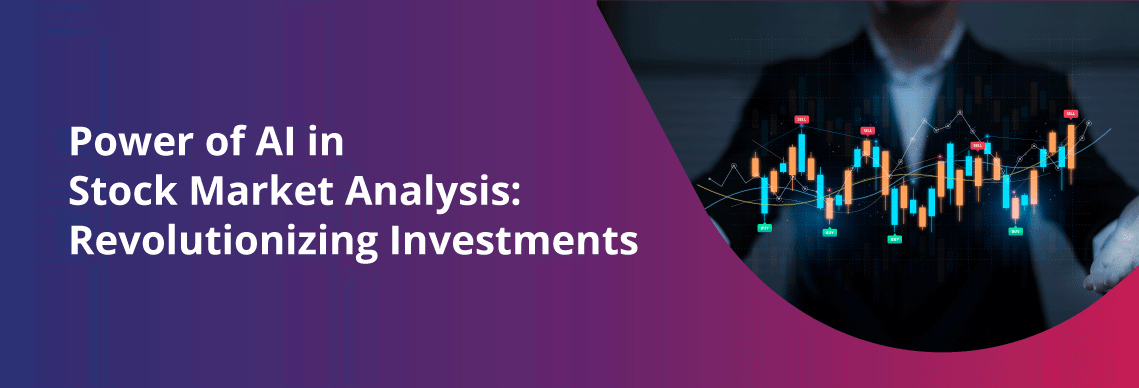20 Handy Ways For Choosing AI Stock Predicting Websites
20 Handy Ways For Choosing AI Stock Predicting Websites
Blog Article
Top 10 Ways To Evaluate The Price And Costs Of Ai Trading Platforms For Stock
Pricing and cost of AI-powered stock prediction and analysis platforms is essential to avoid unexpected costs or hidden fees. Pricing can vary greatly, so it's important to understand the value you get for your money. Here are 10 tips to help you evaluate the price and value of these platforms.
1. Understanding Pricing Model
Subscription-based : Determine if there's a monthly or an annual fee and what features are included in each.
Pay-per-use: Check whether the platform charges you according to the usage (e.g. the number of transactions, requests for data or even predictions).
Freemium Model: Look to see if the platform has a free tier with limited features. The premium features are charged for.
2. Compare Pricing Tiers
Features breakdown: Check out what features are included in each price level (e.g. basic, professional, enterprise).
Scalability: Be sure that the pricing tiers you choose are in line to your needs.
Upgrade flexibility: See if it is possible to upgrade or downgrade the plan as you change your requirements.
3. Evaluate Hidden Costs
Data fees - Check if the platform is charging an additional cost for access to the most valuable data (e.g. data in real-time, advanced analytics).
Brokerage fees - Make sure for any additional costs are charged by the platform to execution of trades, or for integration with brokers.
API usage: Determine if will be charged additional fees for high-frequency API usage or API access.
4. Demos and Free Trials and Test Drives
Trial period: Select platforms that let you test out the features of their platform before making an agreement.
Limitations of the trial: Make sure that it is inclusive of all features or if there are limitations on capabilities.
No-commitment option: Make sure you're able to end the trial at any time should it not meet your requirements.
5. Check for Discounts and Promotions
Annual discounts Find out whether you qualify for an annual discount plan compared with monthly plans.
Referral programs. Check if the platform offers discounts or credits for referring users.
Institutional pricing If you're part of an enterprise, inquire about bulk or institutional pricing.
6. Evaluate Return on Investment (ROI)
Cost vs. value: Consider whether the features and forecasts of the platform are worth the price. For instance, can it aid you in making better trade decisions or help you save time?
Find out the platform's success rate or user testimonials to gauge its potential ROI.
Alternative costs: comparing the platform's price to the costs that may be incurred in the event it is not used (e.g. missed opportunities, manual data analysis time).
Review Cancellation/Refund Policies
Cancellation Terms: You can cancel your contract without any hidden fees or penalties.
Refund Policy: Find out whether your subscription permits you to receive a refund if any of the subscriptions is not utilized.
Auto-renewal: Verify if the platform automatically renews your account and the best way to opt out.
8. Price transparency is important
Clear pricing: Make sure that the price of your platform is clear and contains no hidden charges.
Support for customers Contact customer support to clarify any unclear pricing details or additional costs.
Contract Terms: Understand the commitments and penalties over the long term by studying the contract's clauses.
9. Compare your competitors
Comparison of features: Ensure you are getting the best price and platform by comparing it against its competitors.
Feedback from users: See what other people think about the platform to determine whether it's worth the cost.
Positioning in the market: Find out whether your platform is advertised as a mid-tier, budget or premium choice. Also, check if its price matches with your expectations.
10. Calculate Long-Term Costs
Price increases Review the history of the platform to determine the frequency of raising prices.
Additions of features: Check whether your current plan has new features or requires an upgrade.
Costs of scaling: Make sure the platform's price remains affordable in the event that your trading activities or data needs grow.
Bonus Tips
Try multiple platforms. Test the performance and value of different platforms by evaluating their capabilities during free trials.
Price negotiation: If you own an institution or you are a frequent user, you should consider to inquire about discounts or customized pricing.
You can find educational free resources on some platforms.
Following these tips can help you evaluate the pricing and cost of AI software for predicting and analyzing stocks. You can choose one that suits your budget, while providing the features you require. A reputable platform will provide the right balance between affordability and functionality, helping you achieve the best results from your trading. See the top ai coin price prediction tips for site info including trade ai, best ai trading app, ai investing, best stocks to buy now, stock ai, ai investment stock, investing in ai stocks, ai trading platform, ai trading, trading ai bot and more.
Top 10 Tips For How To Evaluate The Scalability Ai Trading Platforms
The ability to scale AI-driven stock prediction and trading platforms is crucial for ensuring they can handle increasing volume of data, demands from users, and market complexity. Here are top 10 tips for evaluating scalability.
1. Evaluate Data Handling Capacity
Check to see if your platform is able to analyze and process large amounts of data.
Why? Scalable platforms should be able to handle the growing amounts of data with no degradation.
2. Real-time testing of processing capabilities
Check out the platform to determine how it handles streams of data in real time for example, breaking news or stock price updates.
Why: Delays in trading decisions could lead to missed opportunities.
3. Check for Cloud Infrastructure and Elasticity
Tips. Find out if the platform uses cloud-based infrastructure, such as AWS, Google Cloud and Azure that can increase the capacity of resources as needed.
Why? Cloud platforms are elastic and are able to be scaled up and down based on requirements.
4. Algorithm Efficiency
Tip: Evaluate the computational efficacy of AI models (e.g. deep learning, reinforcement learning) used for predictions.
The reason: Complex algorithms are resource-intensive. Optimising them is the most effective way to scale.
5. Examine the parallel Processing and distributed computing
Tip: Verify if the platform uses parallel processing frameworks or distributed computing frameworks.
Why: These technologies allow more efficient data processing and analytics across multiple nodes.
Review API Integration.
TIP : Make sure your platform integrates with other APIs, like market data providers and brokerage APIs.
The reason: seamless platform integration makes sure it is able to adapt to new sources of data or trading environments.
7. Analyze User Load Handling
Make use of a high-traffic simulation in order to test how the platform reacts under stress.
What is the reason: A platform that is scalable should be able to maintain its performance as the number of users grow.
8. Review the Retraining Model and its adaptability
Tip: Determine how often and how effectively AI models have been re-trained with new data.
Why? Markets are constantly changing, and models need to adapt quickly in order to stay accurate.
9. Verify fault tolerance and redundancy
Tip: Make sure your platform is equipped with failover mechanisms to deal with hardware or software failures.
Why: Downtime is costly for trading. Fault tolerance is therefore crucial to the scalability.
10. Monitor Cost Efficiency
Tip: Consider the cost of scaling up your platform. Be aware of cloud resources such as data storage as well as computing power.
Why: Scalability should not result in an unsustainable price So balancing performance and expense is critical.
Bonus tip: Future-proofing
Be sure that the platform is able to be able to adapt to changes in regulation and incorporates the latest technologies, like quantum computing or advanced NLP.
You can assess the capacity and effectiveness of AI trading and stock prediction systems by looking at this aspect. This will guarantee that they're effective, robust and ready for growth. Follow the top rated good about ai for trading for more examples including ai trading bots, investing in ai stocks, chart analysis ai, stocks ai, ai trading bot, ai trading platform, ai for trading, ai trading platform, best ai stocks, ai trading bot and more.